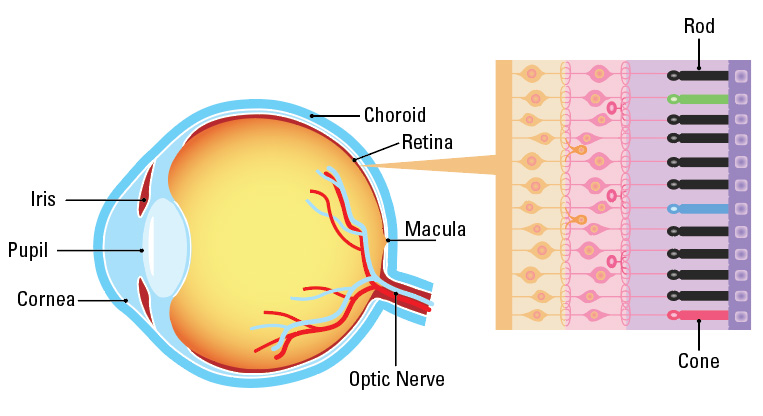Cortical visual impairment, also called cerebral visual impairment or CVI, is a vision problem due to damage in the parts of the brain that process vision. It is most common in babies, toddlers and school age children, but can persist into adulthood and also occurs secondary to injury or stroke.
Cerebral Visual Impairment (CVI):
What Parents Need to Know
Kira Baldonado, Vice President of Public Health and Policy at Prevent Blindness discusses Cortical Visual Impairment (CVI) with Lauren C Ditta, MD, Pediatric Neuro-Ophthalmologist at Le Bonheur Children’s Hospital and Associate Professor of Ophthalmology and Pediatrics at Hamilton Eye Institute, University of Tennessee Health Science Center.
You can learn more about eye and vision health by subscribing to the Prevent Blindness YouTube channel:
How the Eyes and the Brain Work Together
Visual information from the retina travels from the eyes to the brain via the optic nerve. What we think of as seeing is the result of a series of events that occur between the eye, the brain, and the outside world.

Light reflected from an object passes through the cornea of the eye, moves through the lens which focuses it, and then reaches the retina at the very back where it meets with a thin layer of color-sensitive cells called the rods and cones. Because the light criss-crosses while going through the cornea, the retina “sees” the image upside down. The brain then “reads” the image right-side up.
The visual cortex is the region of the brain that is primarily responsible for receiving and processing visual information sent from the retinas at the back of the eye through the optic nerve.
In CVI, the eyes are sending visual signals to the brain as usual, but the brain has trouble processing and understanding these signals.
Can CVI be Treated?
There is no treatment or cure for cortical vision loss at this time. However, early intervention, vision rehabilitation services and educational vision support can help to ensure best use of available vision function. For some children with CVI, vision gets better over time, but everybody is different.
